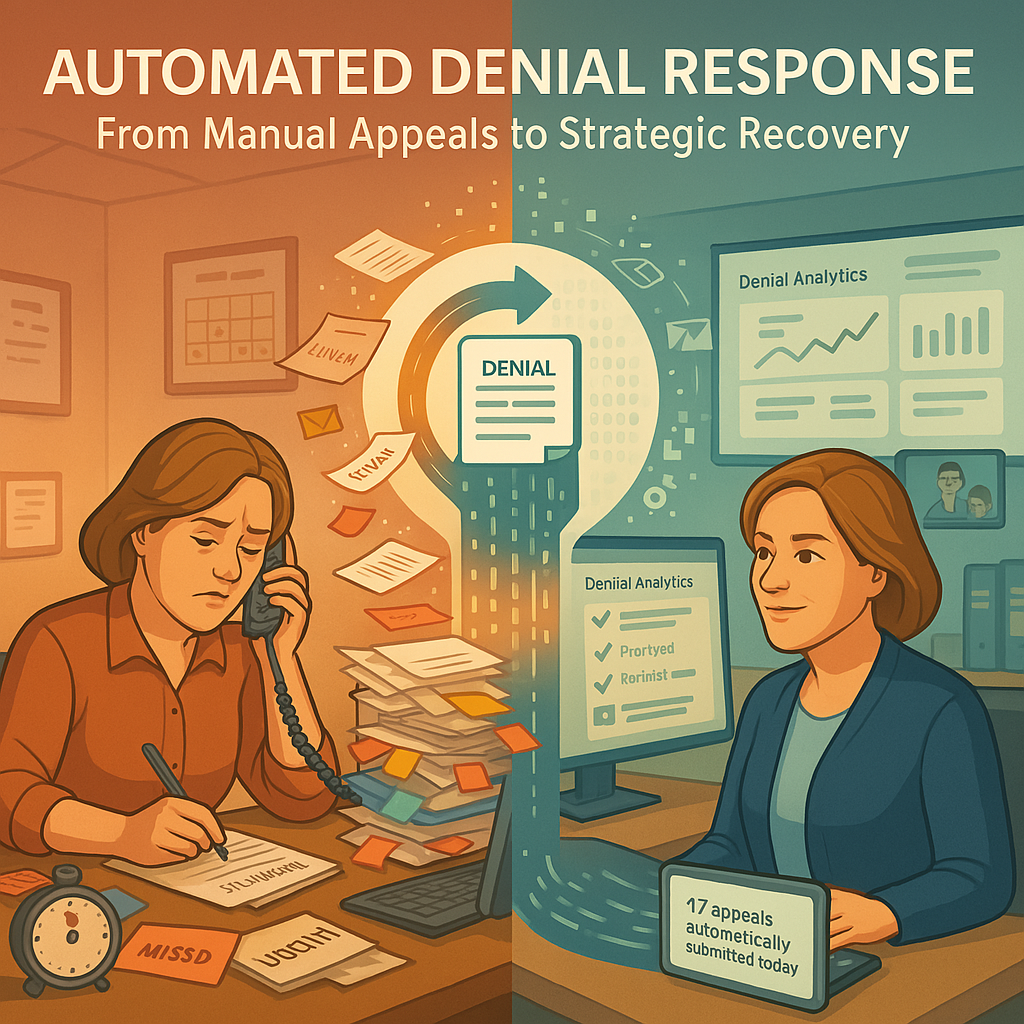
Enhancing Revenue Cycle Efficiency through Payment and Adjustment Posting
In the world of healthcare revenue cycle management (RCM), payment and adjustment posting processes hold significant yet often underestimated value. Contrary to common perception, these are not merely administrative tasks to conclude billing cycles; they are critical checkpoints for ensuring financial accuracy and uncovering hidden opportunities for revenue recovery.
Importance of Payment and Adjustment Posting
Payment and adjustment posting involves recording and reconciling payments received from patients, insurance companies, and other third-party payers, as well as posting any adjustments or write-offs. This process is crucial for maintaining accurate financial records and ensuring that payments are correctly applied to patient accounts.
Inefficient payment and adjustment posting can lead to a range of issues, including:
- Delays in reimbursement
- Billing errors
- Cash flow problems
- Compliance risks
By optimizing the payment and adjustment posting process, healthcare organizations can mitigate these risks and improve overall revenue cycle efficiency.
The Critical Role of Accurate Posting
Accurate posting processes directly impact a healthcare provider’s bottom line by ensuring that payments and adjustments are correctly applied against patient accounts. This accuracy is crucial for several reasons:
- Reconciliation and Balancing: Ensuring that the amounts posted to patient accounts reconcile with bank deposits is fundamental. Discrepancies here can signal issues upstream in the revenue cycle or problems within the posting process itself.
- Identifying Underpayments: A meticulous posting process can reveal instances where payments do not align with contracted fee schedules. These discrepancies, if not identified, represent lost revenue that could otherwise be recouped.
Challenges in Payment and Adjustment Posting
Several challenges can complicate the posting process:
- Complex Adjustments: The diversity of adjustment reasons, from contractual obligations to patient balance adjustments, requires detailed categorization. Without it, valuable data on why adjustments are made can be lost, obscuring insights into operational improvements or negotiation points with payers.
- Manual Processes and Legacy Systems: Dependence on manual processes for posting payments and adjustments increases the risk of human error and inefficiency. Similarly, outdated EHR or billing systems can hinder the automation of these processes, leading to undetected over adjustments or missing payment postings.
Strategies for Improving Payment and Adjustment Posting
To optimize the payment and adjustment posting process, healthcare providers can adopt several strategies:
- Automated Reconciliation Tools for Payment and Adjustment Posting: Implementing technology that automates reconciliation between bank deposits and posted amounts can drastically reduce errors and save time, allowing staff to focus on more complex discrepancies that require human intervention.
- Detailed Reporting and Analytics: Developing detailed reports on adjustment types and reasons can provide insights into patterns of underpayment, contractual issues, or systemic billing errors. These insights can drive strategic changes in billing practices or payer negotiations.
- Training and Education: Equipping staff with the knowledge to understand the intricacies of payer contracts and fee schedules can improve the accuracy of posting. Regular training sessions can ensure that staff stay updated on changes in payer policies and billing requirements.
- Process Standardization: Creating standardized procedures for handling common posting scenarios can reduce variability in how adjustments are applied. Clear guidelines help ensure that adjustments are made consistently, facilitating easier analysis and follow-up.
Operational Best Practices
Operational best practices in payment and adjustment posting can further refine the process:
- Timely and Accurate Posting: Ensuring that payments and adjustments are posted promptly and accurately is essential for maintaining an up-to-date view of a provider’s financial status and for preventing issues that trickle to the patient billing side.
- Credit Balance Management: Proactively managing credit balances, including timely issuance of refunds, can prevent compliance issues and allow for timely refiling to correct payors. Identifying credits from over adjustments will prevent refunding errors.
- Engagement with Payers: Establishing a dialogue with payers to clarify and resolve recurring issues with payment discrepancies or adjustment reasons can lead to more efficient resolution processes and potentially reduce the frequency of such issues.
Conclusion
Payment and adjustment posting processes, far from being back-end administrative tasks, are critical to the financial health of healthcare providers. By implementing technology solutions, enhancing staff training, and adopting best practices, providers can improve the accuracy of their revenue cycle operations. These improvements not only ensure compliance and streamline operations but also uncover opportunities for reclaiming revenue, ultimately contributing to the organization’s financial stability and success.










